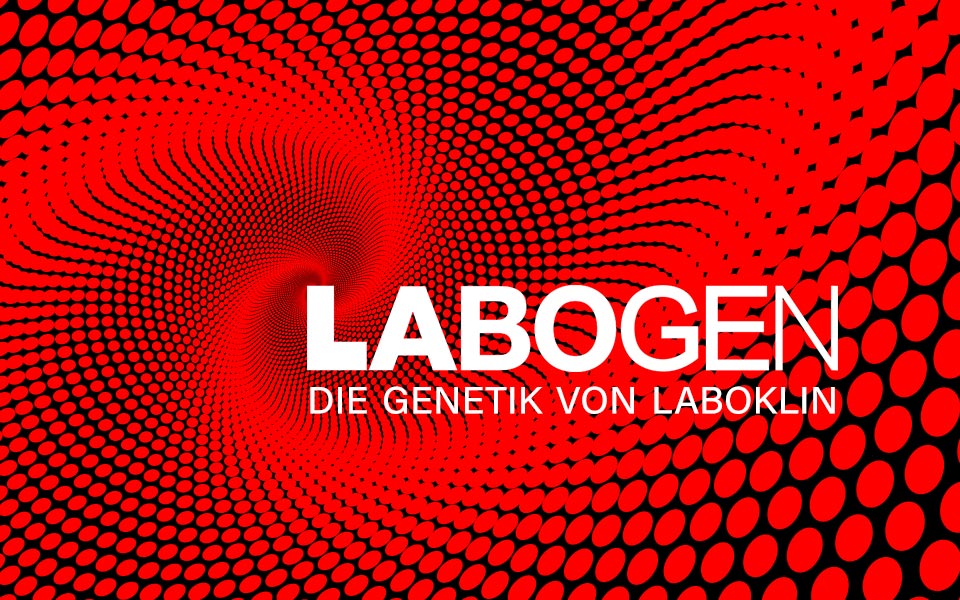Cystinurie
Cystinuria
General description
Cystinuria is caused by a defective transport of the amino acid cystine in the kidney tubules. Dogs suffering from Cystinuria suffer repeated urinary tract inflammations, and are at risk for urinary blockage, which can, if not treated promptly, lead to kidney failure, bladder rupture, and death.
Breeds
Australian Cattle Dog, Australian-Labradoodle (Cobberdog), Continental Bulldog, English Bulldog, French Bulldog, Labradoodle, Labrador Retriever, Landseer, Mastiff, Miniature Pinscher, Newfoundland, Olde English Bulldogge
Detailed description
Cystinuria is an inherited disorder caused by a defective transport of the amino acid cystine in the kidney tubules. Normally, cystine is filtered in the kidney and reabsorbed within the tubules, resulting in little cystine in the urine. Dogs with Cystinuria do not properly reabsorb the cystine (and a few other amino acids) in the kidney tubules, causing the urine to contain abnormally high levels of cystine. Cystine is insoluble in neutral pH or acidic urine, so excess urinary cystine results in the formation of crystals, which in turn can lead to formation of cystine calculi (stones) in the kidney and/or the bladder. Dogs suffering from Cystinuria suffer repeated urinary tract inflammations, and are at risk for urinary blockage, which can, if not treated promptly, lead to kidney failure, bladder rupture, and death.
Cystinuria type IIA
In Australian Cattle Dogs the disease is inherited as a dominant trait whereby homozygous affected dogs has more severe symptoms than heterozygous carriers.
Order details
| Test number | 8013 |
| Sample material | 0.5 ml EDTA blood, 2x cheek swab, 1x special swab (eNAT) |
| Test duration | 7-14 working days |
Test specifications
| Symptom complex | urological |
| Inheritance | autosomal dominant |
| Age of onset | 4-6 months |
| Causality | causally |
| Gene | SLC3A1 |
| Mutation | DEL |
| Literature | OMIA:001879-9615 |
Cystinuria type III
Cystinuria type 3 is an androgen-dependent form of the disease. Therefore, only intact males (and not females) are at an increased risk.
Order details
| Test number | 8013 |
| Sample material | 0.5 ml EDTA blood, 2x cheek swab, 1x special swab (eNAT) |
| Test duration | 7-14 working days |
Test specifications
| Symptom complex | urological |
| Inheritance | autosomal recessive |
| Age of onset | 4-6 months |
| Causality | associated |
| Gene | SLC3A1 |
| Mutation | A-G |
| Literature | OMIA:001881-9615 |
Cystinuria type IA - Labrador Retriever
The symptoms described in this breed can be found in the text above.
Order details
| Test number | 8013 |
| Sample material | 0.5 ml EDTA blood, 2x cheek swab, 1x special swab (eNAT) |
| Test duration | 7-14 working days |
Test specifications
| Symptom complex | urological |
| Inheritance | autosomal recessive |
| Age of onset | 4-6 months |
| Causality | causally |
| Gene | SLC3A1 |
| Mutation | DEL |
| Literature | OMIA:000256-9615 |
Cystinuria type IA - Newfoundland
The symptoms described in this breed can be found in the text above.
Order details
| Test number | 8013 |
| Sample material | 0.5 ml EDTA blood, 2x cheek swab, 1x special swab (eNAT) |
| Test duration | 7-14 working days |
Test specifications
| Symptom complex | urological |
| Inheritance | autosomal recessive |
| Age of onset | 4-6 months |
| Causality | causally |
| Gene | SLC3A1 |
| Mutation | C-T |
| Literature | OMIA:000256-9615 |
Cystinuria type IB
The symptoms described in this breed can be found in the text above.
Order details
| Test number | 8013 |
| Sample material | 0.5 ml EDTA blood, 2x cheek swab, 1x special swab (eNAT) |
| Test duration | 7-14 working days |
Test specifications
| Symptom complex | urological |
| Inheritance | autosomal dominant |
| Age of onset | 4-6 months |
| Causality | causally |
| Gene | SLC7A9 |
| Mutation | G-A |
| Literature | OMIA:001880-9615 |




